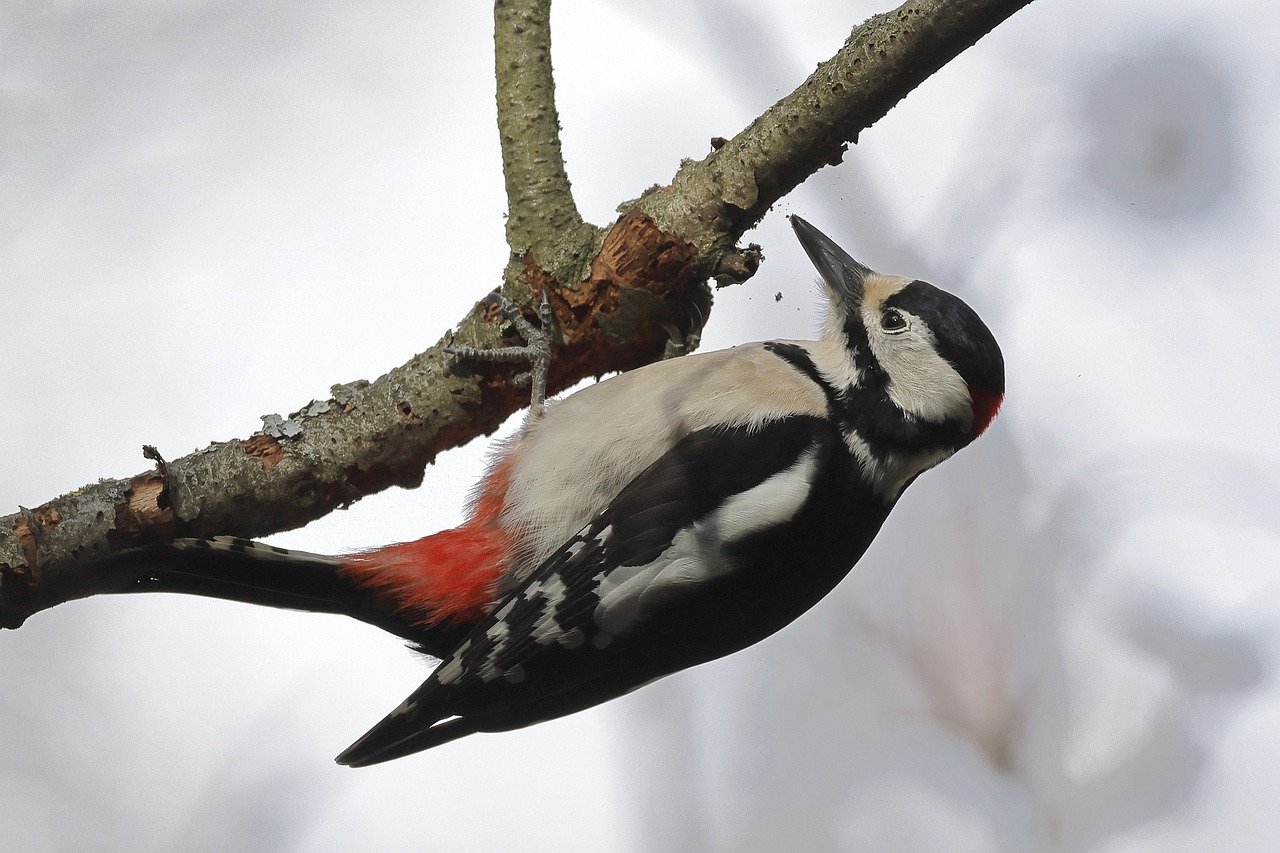Arizona may be known for its sunny desert sceneries and cacti, but did you know that it’s also home to 15 species of woodpeckers? From Acorn, Gila, or Yellow-bellied Sapsucker, you’ll be lucky to spot one or two birds in the area if you know what you’re looking for.
Whether you’re an experienced bird watcher or a casual hobbyist, below is a quick guide that can help you spot local woodpeckers in Arizona.
What time of year are woodpeckers most active?
Most woodpeckers in Arizona are active throughout the year, but you can only spot certain species depending on the season you’ll go out birding. For instance, Gila Woodpeckers are most active during the summer and winter months, while Northern Flickers and Downy Woodpeckers are more commonly spotted in the winter season.
So if your goal is to spot every species of woodpecker in Arizona, you’ll have to plan your activities depending on what season you’re in. But if you want to identify as many species as you can in a short period of time, aim to visit Arizona during Spring because that’s when most woodpeckers are out for the mating season.
What are the signs of a woodpecker?
Woodpeckers are known to inhabit woody areas, so be sure to prepare for a forest adventure if you’re up for birdwatching this year. But don’t worry if you’re not a fan of the outdoors because there are also certain species that would love to visit friendly backyards. To help you find any nearby woodpeckers in the area, here are a few signs you’ll have to look out for:
1. Drumming and drilling sounds
The drumming and drilling noises may be a no-brainer because that’s what woodpeckers are known for. But you have to be vigilant because nearby streams and other natural sounds can mask these iconic sounds.
Male woodpeckers would usually drill into hollow trees to announce their territories or to attract a mate. But there are also cases where they peck on metal gutters, aluminum or wooden sidings, or chimney flashings. So if you hear a rhythmic pecking sequence, you might be close to spotting these gorgeous creatures.
2. Holes on tree trunks
Woodpeckers are known to leave their mark on trees with perfectly round holes that are about an inch in diameter since they tend to hunt for insects or grub that are hiding beneath the bark.
Insects and other animals can also make holes in trees, but you can identify if it’s a woodpecker hole if they’re located at the top of the tree, near branches, or on the trunk. Woodpeckers would also usually drill holes in clusters or in a wider cone-shaped formation, but their depth would vary depending on the size of the woodpecker creating them.
3. Leaking tree sap
Sapsuckers are aptly named because of their fondness for the sweet sap of certain tree species. But some woodpeckers would also resort to tree sap if insects or other food sources are scarce at certain times of the year.
Sapsuckers usually like to create sap wells on trees with thin barks, like birch and maple trees, since they’re easy to drill and drain their sap. They would create holes that are a quarter of an inch in diameter and usually prefer to make new holes in line with old ones. So if you see some fresh sap leaking from a tree, there may be a chance that a sapsucker may have just had their meal!
4. Tree bark sloughing
Another sign you should look out for to determine whether a woodpecker is nearby is the presence of exposed bark on trees. This method is called bark sloughing and woodpeckers do this to search for bugs, like wood-boring beetle larvae. They usually create an opening and use their long pointed beaks to pry the bark off of branches to expose the insects.
Sloughed bark can also be a sign that a porcupine is nearby, but you’ll know if it’s done by a woodpecker when the marks are perpendicular to the trunk or limb due to its beak.
5. Nest cavities
Between the months of March and May, woodpeckers are usually busy for mating season. They commonly create 3-5cm holes in dead tree trunks to keep their eggs safe. The depth of the hole can vary in size depending on which species created it. But a small Downy Woodpecker can create a one-foot-deep hole to keep raccoons out of reach.
Some species, like the Red-headed Woodpeckers, also like to reuse their nest cavities for several years in a row, so if you spot one this time you can come back to it next year and probably see the same bird.
Some species also like to roost on utility poles or wooden buildings, which can be invasive for the locals. But if a friend or neighbor happens to have a nest of woodpeckers in their shed, ask their permission if you can observe the birds from afar!




